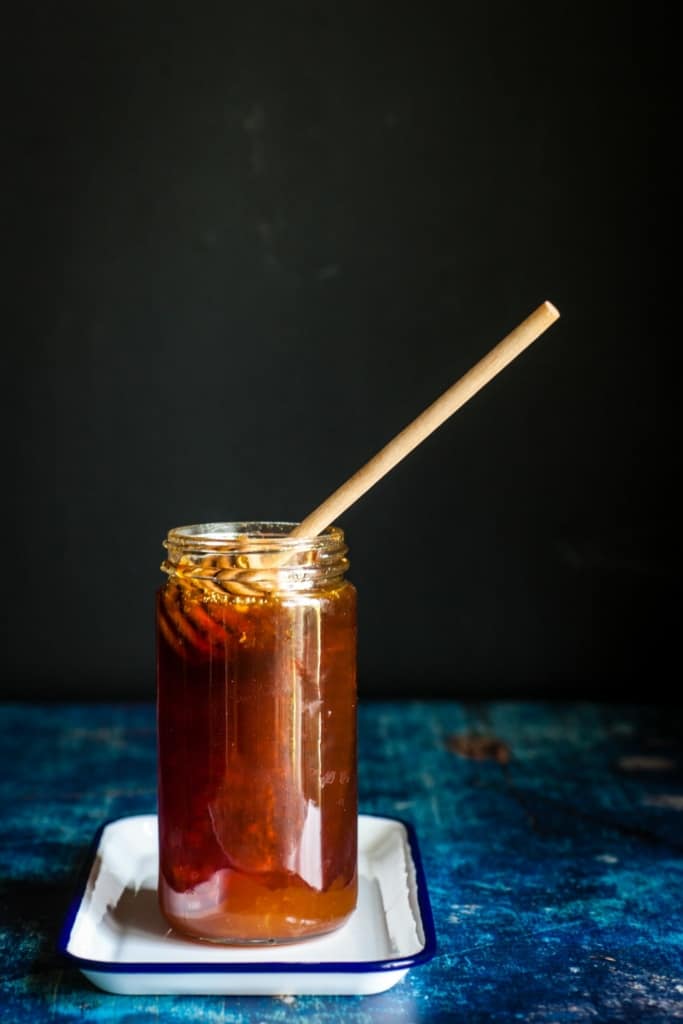What is crystallised honey?
If you’ve just picked up a jar of honey and noticed either hard crystals or what looks like a lot of white air bubbles, you might be wondering if it’s still okay to use. The good news is that it is! There’s no need to throw it away. Actually, it’s quite the opposite!
Crystallised honey is a sign of high-quality honey!
So, don’t throw it out unless you want to waste delicious food.

You might notice that your honey starts to crystallise over time and this is completely natural! This change in the state doesn’t affect the quality or flavour of the honey. Raw, unfiltered, and unheated honey will crystallise over time, unlike processed honey.
Crystallisation is a natural process, and it doesn’t mean that your honey has gone bad.
Because of its physical properties, honey is prone to crystallisation, since it is a supersaturated sugar solution. Honey is mostly made up of two types of natural sugars: fructose and glucose. What are the reasons?
There are 3 main reasons that cause crystallisation.
The ratio of fructose and glucose
The main factors that contribute to the crystallisation process are the fructose/glucose ratio and the glucose/water ratio. A high fructose/glucose and a low glucose/water will generally result in a slow crystallisation process. However, if the level of glucose increases, it will become insoluble in the water and crystallisation will occur.
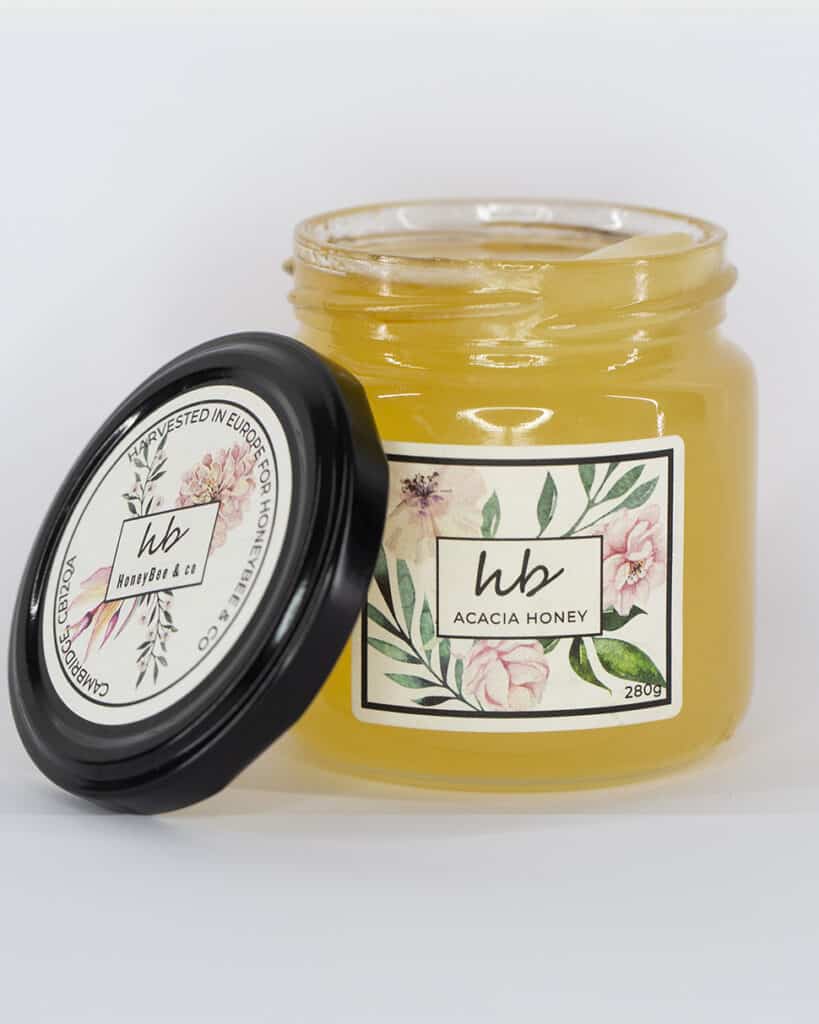
Temperature
Storage temperature also plays a role in crystal formation. Therefore, it is important to store ingredients at the appropriate temperature to prevent crystallisation.
Storing honey at a cool temperature (lower than 4°C) will help reduce the mobility of sugar molecules while storing it at a high temperature (greater than 25°C) will help ensure the crystals liquefy and the degree of supersaturation of glucose decreases.
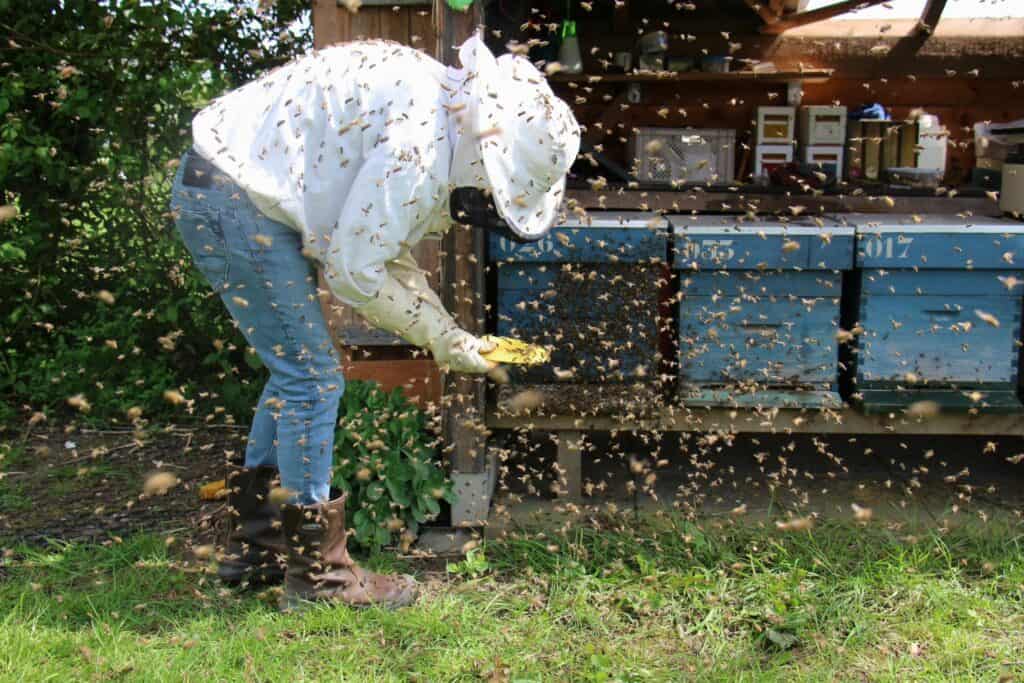
Pollen
Pollen in honey is a good thing – it’s like verification of where the honey came from. By looking at the pollen in honey, we can tell what sorts of plants the bees had been feeding on. And since bees are covered in fuzz, it’s no surprise that they might end up leaving a few pollen grains behind in the honey as they’re collecting nectar from flowers.
Honey with pollen is great honey, but crystallisation happens faster when small particles are available to build on. Fresh, raw honey has a lot of those in the form of pollen grains.
If you’re looking to avoid crystallisation, you can try heating it gently or keeping it in a warm place in your house.
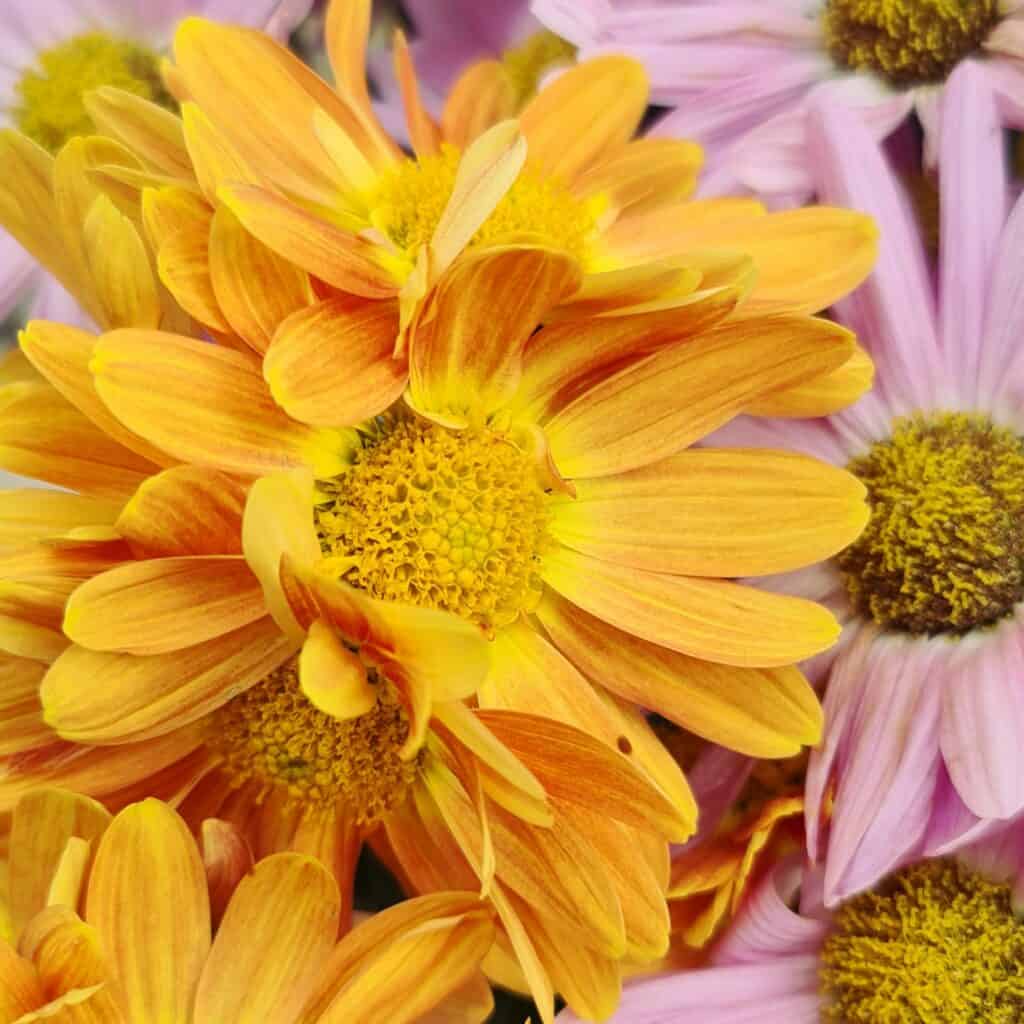
How to de-crystallise honey?
If your honey has crystallised, don’t despair! You can return it to its liquid state with a little bit of effort. First, place the honey jar in a pot of hot water. The warmth will help to loosen the crystals and make the honey more liquid. You can also set the honey jar in the sun for a few hours, or put it in a bowl of warm water overnight.
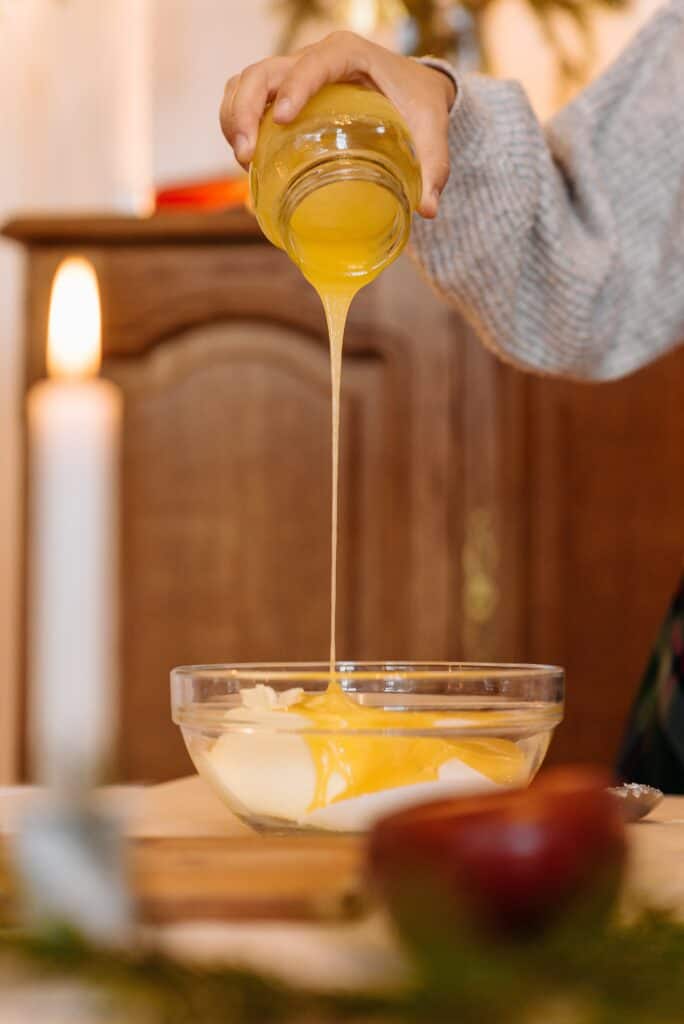
Have you ever seen crystallised honey? Do you prefer your honey in liquid form or crystallised?
What to do when you have almost empty jars with some Crystallised honey left?
Check out this video from our YouTube channel:

